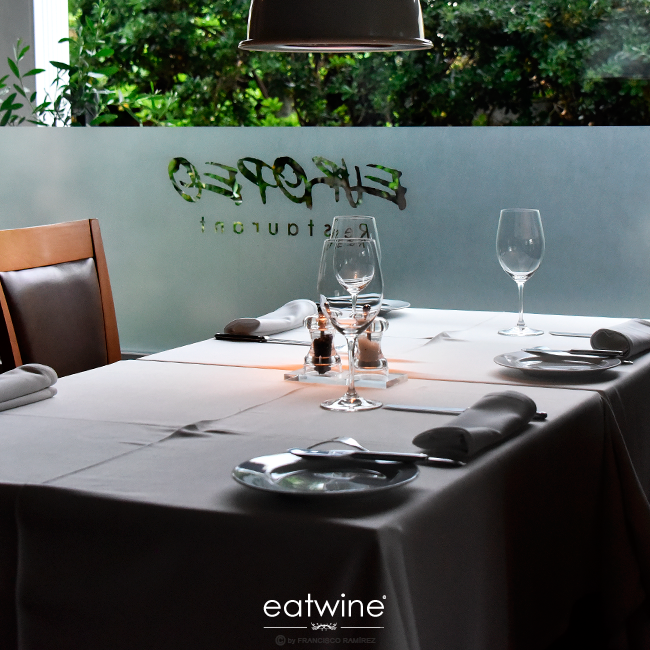
The food scene in the Chilean capital is sizzling and truly having its moment. The catalysts? A new generation of chefs who have trained abroad, returned to their country and are digging deep roots in Santiago. They have forged restaurant projects focused on Chilean ingredients and indigenous foodstuffs linking foragers, farmers, growers, fisherman, and food artisans to the table. They transform classic recipes with refined European technique. Menus are inspired, and change, by seasonality resulting in hundreds of unique dishes in a year’s time and a reason to return again and again. Each restaurant’s wine list brings small producers, organic wines, and terroir projects from north to south to the table. This uniquely Chilean style of locavore cuisine is not a trend. These trailblazers are inspiring chefs in training along with Chileans “revisiting” their own gastronomic heritage and they are here to stay. Here are four chefs, four food philosophies, and four obligatory, must-eat stops on your next visit to Santiago.
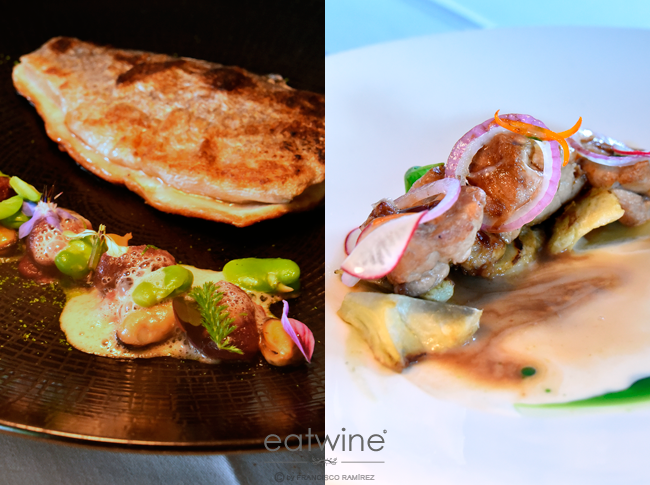
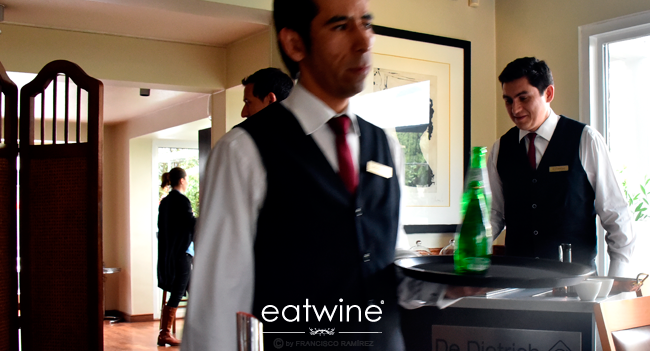
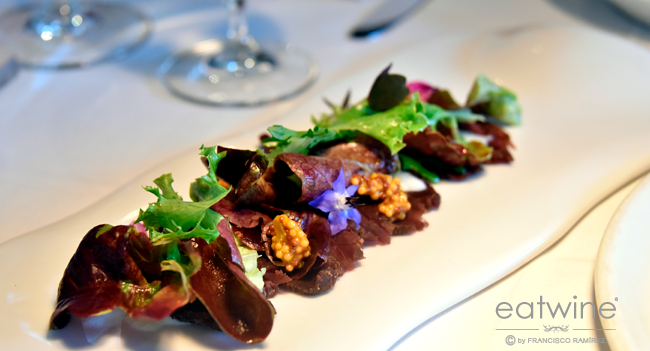
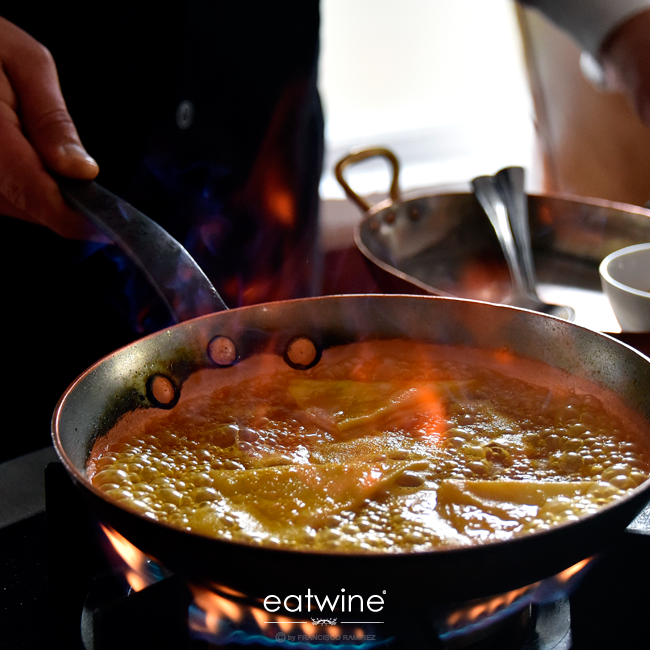
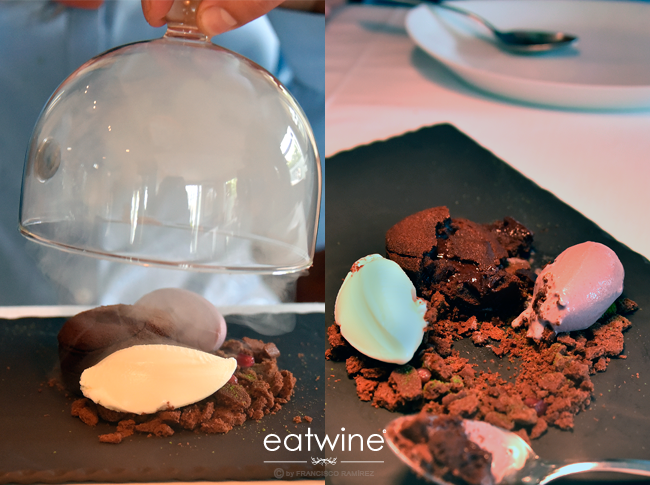
Alvaro Romero
Executive chef of the classic Santiago white tablecloth restaurant, El Europeo, Romero first spent time in Europe and then worked under El Europeo’s founder, Carlos Meyer. After a short move to The Singular Santiago, he “came home” to lead the kitchen at El Europeo, breathing fresh air and new life into its continental fare. His philosophy can be summed up as “highly refined homemade”. Alvaro is passionate about the producer-to-table connection and invests considerable time getting to know his producers: farmers, cheese-makers, even duck breeders in Casablanca. He believes this connection is the greatest gift being a chef has bestowed him: you know where your food comes from. On the menu, his love for stellar ingredients is brought together with purity, flawless technique, and clever flavor combinations. The constantly rotating seasonal menus are little melodies like the duck magret with a delicate almond puree and barely sweet quince sauce and then there are constants like the duck filet tartare. The wine at El Europeo makes an aficionado swoon. Alvaro’s strategy is the better the wine, the less the mark-up so top guns like Emiliana Organico’s G or a small terroir project like Pedro Parra’s Clos des Fous are at almost the same price as retail. Chef says, though, that his secret ingredient is love: “Anyone can learn a technique but love gives you that personal touch”.

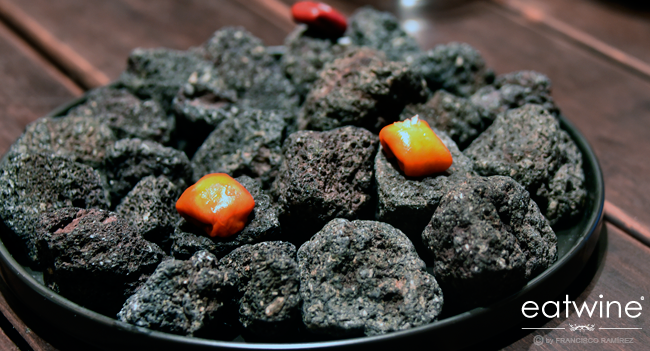
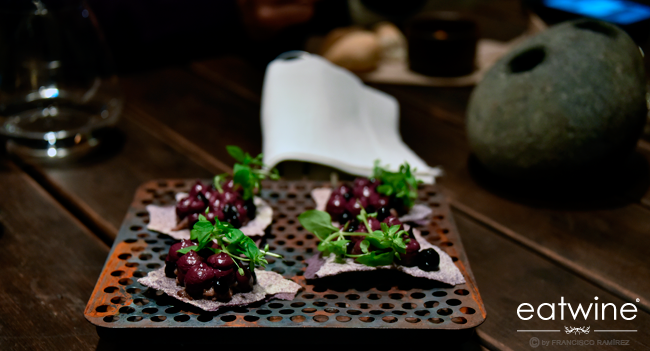

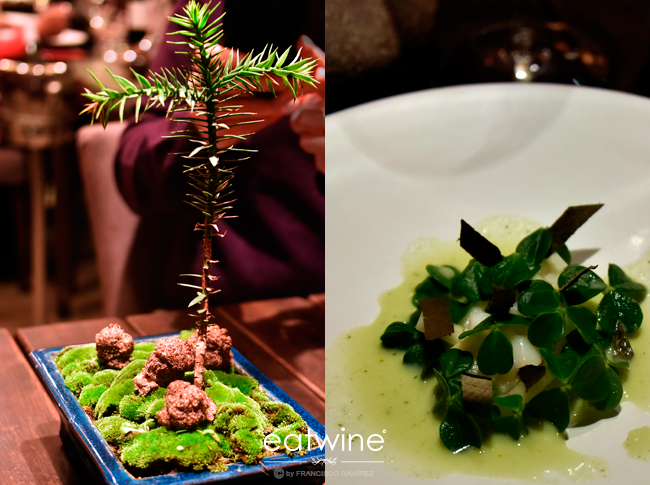
Rodolfo Guzman
This pioneer in the Chilean food scene, the chef behind Boragó is often credited for leading the culinary awakening in Santiago (and Chile). There’s a reason this restaurant warrants being on the World’s 50 Best Restaurants List, the first Chilean restaurant to ever land there. Rodolfo, besides being a chef, is a scientist. He’s literally cataloging many indigenous species of foodstuffs, plants, fungi, and flowers as he figures out how to transform them into taste sensations in his restaurant. This type of curious mind and experimentation translates into hundreds of different dishes that appear on a constantly rotating, uber seasonal menu. First things first, go to Boragó knowing it’s a “dining event”, similar to going to the theater. The combination of flavors, textures, presentations, and tempo is a show that with the long tasting menu (called “Endemica”), can easily last 4 hours. There’s no printed menu, either, for the 10+ courses–the cooks and servers will explain each course as you travel up and down Chile’s latitudes at the table. On our visit during the Chilean spring, the most memorable dish was tender morels aromatized with fresh eucalyptus leaf steam that were tender, earthy, and succulent. Other dishes (for my taste) fell on the unusual side of the spectrum with texture/flavor and came served in nature-like presentations. That’s part of the allure. The wine list is focused on top Chilean wines, big and small projects, and here there was a major aha moment. Tara Chardonnay from the Atacama Desert (a single vineyard project of Felipe Tosso, winemaker of Ventisquero). Mindblowing wine. Apparently it’s only served in the world’s top five restaurants and Boragó so I guess we’ll have to just go again. Reservations with considerable advance notice essential.
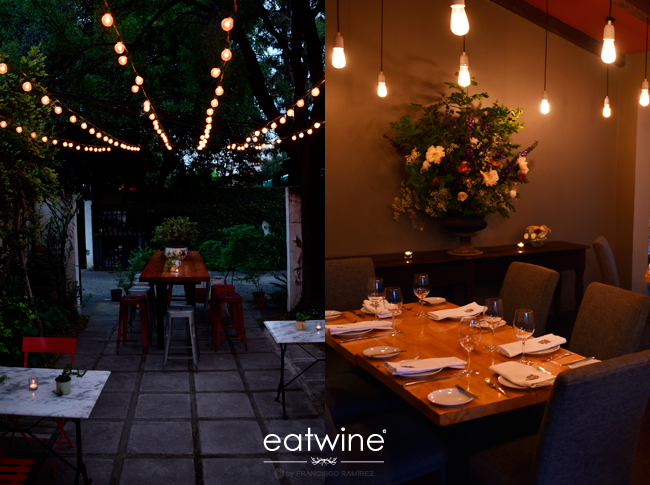
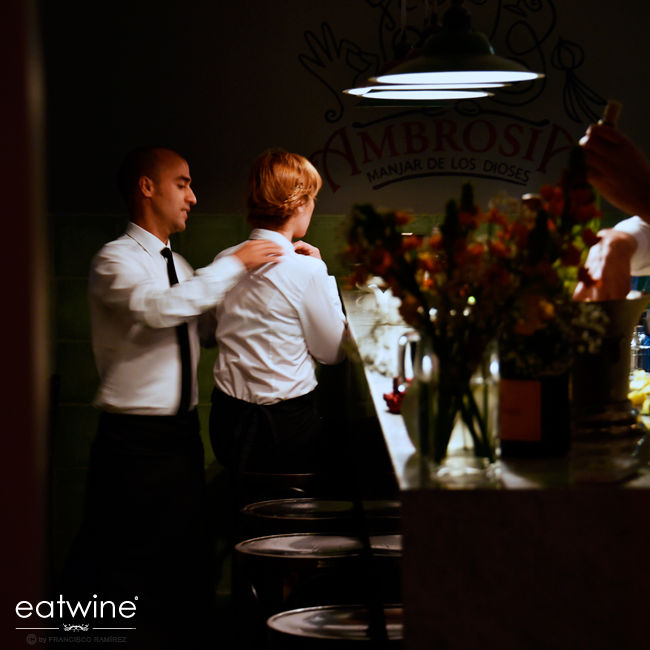
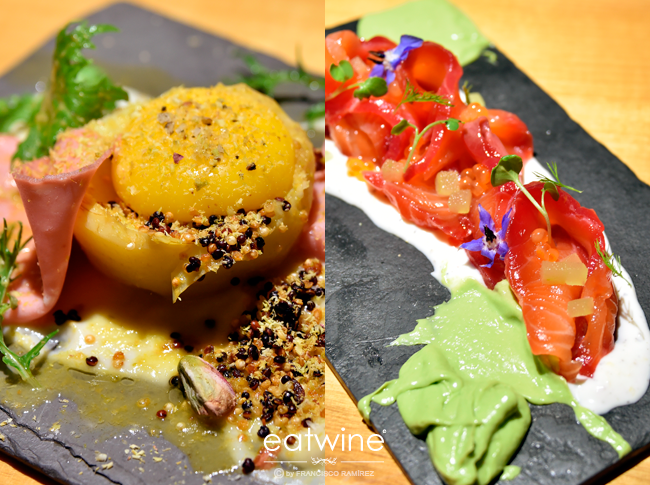

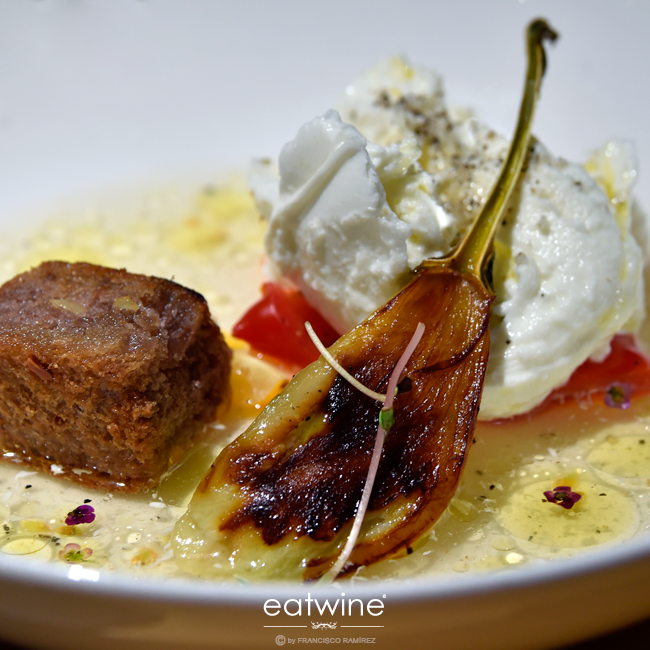
Carolina Bazán
For over a decade, Carolina and her parents ran the successful Ambrosía in the historical Casa Colorada in downtown Santiago, a lunch venue. She then took off on a series of stints around the world from Peru to France to further hone her culinary skills and food repertoire. Once she landed back in Chile, she joined forces with her family and partner Rosario Onetto a top Chilean sommelier, to relaunch Ambrosía on the other side of town in a spacious, converted Las Condes home. New menu. New concept. New “home”. Ambrosía has a homey vibe, perhaps because it’s in an unlikely setting for a restaurant with a blooming garden and series of wood-floored dining rooms displaying large-paned windows. The cuisine took us back to Paris with its bistro style (perhaps a nod to her time spent at Frenchie). While laid back, there’s a clear preoccupation with the use of noble ingredients and maximizing “deliciousness” in each dish. I still dream about their “Caprese” salad made with tomato water infused with basil oil and the freshest of fresh mozarella. A very Chilean delicacy, sea urchins al matico (with onions and herbs), are transformed here into a delicate tart which Carolina compares to “eating a plate of butter.” Everything is tasty and satisfying. Rosario, an encyclopedia of Chilean wine, leans heavily towards terroir-driven small producers like El Principal which are the perfect complement for this kind of local place you can go again (and again)for real food made with care and primo ingredients.
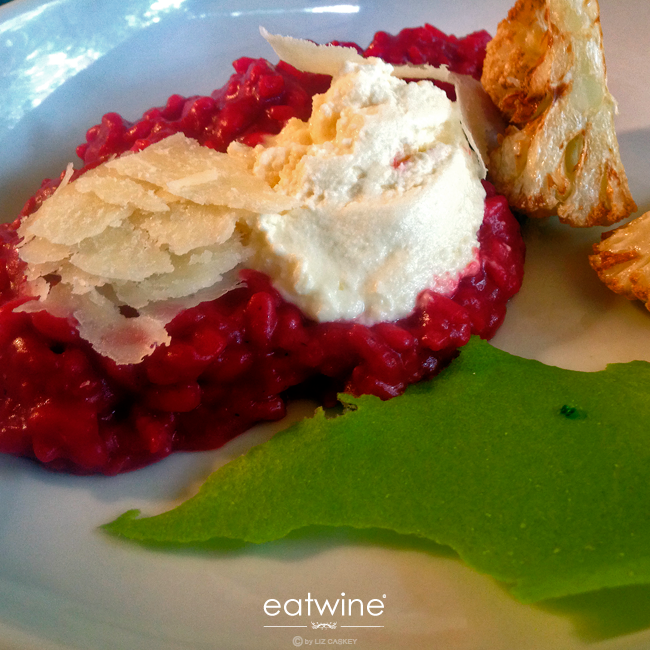
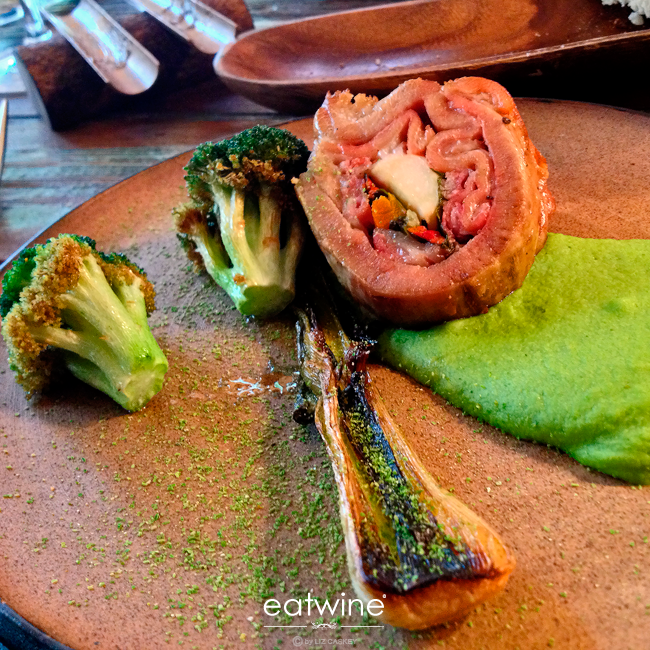
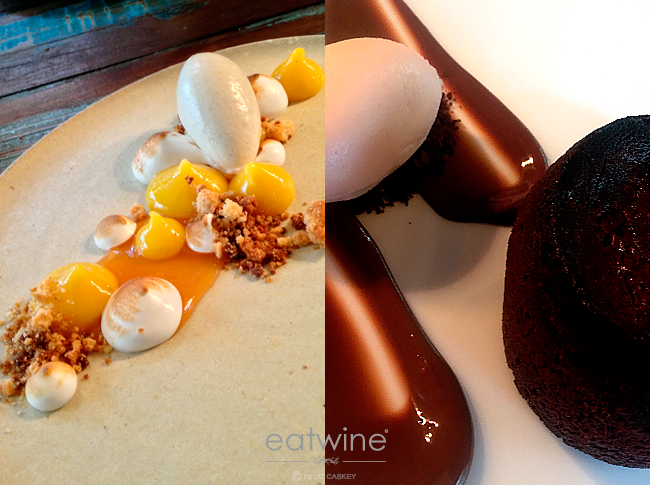
Kurt Schmidt
Along with his partner chef, Gustavo Saez (overseeing pastry), Kurt is part of this creative duo and impetus behind the cool 99 Restaurante, a petit restaurant tucked off a shady side street in bustling Providencia. Kurt cut his teeth in many kitchens from Boragó in Santiago to Noma in Copenhagen and Azurmendi in Spain. Here, the approach is a refined yet simplistic market-to-table menu, that changes so often (a lunch menu daily), that it’s written on a simple chalkboard. The kitchen is open, the tables made with recycled wood and there’s a slight hipster vibe among the servers. At lunch, there are only two options with a set menu and at night, a 5 or 9-course tasting menu that changes seasonally. There’s a heavy focus on vegetables (hallelujah!). Kurt’s team of cooks gently coaxes out the maximum possible flavor out from seasonal veggies ranging from wild mushroom-infused butter to maybe a spring pea puree or delicate beet risotto. The wine list is fun and all organic. We found favorite hits like Montsecano Pinot Noir, Garage Wine Co. Cabernet Franc and a good selection of pipeño, Chile’s young, low-alcohol, grapey tasting wine that’s become a trend in the wine scene. Great price/quality ratio, service, and once again, loads of veggies, makes this a fabulous addition to the Santiago food scene.












